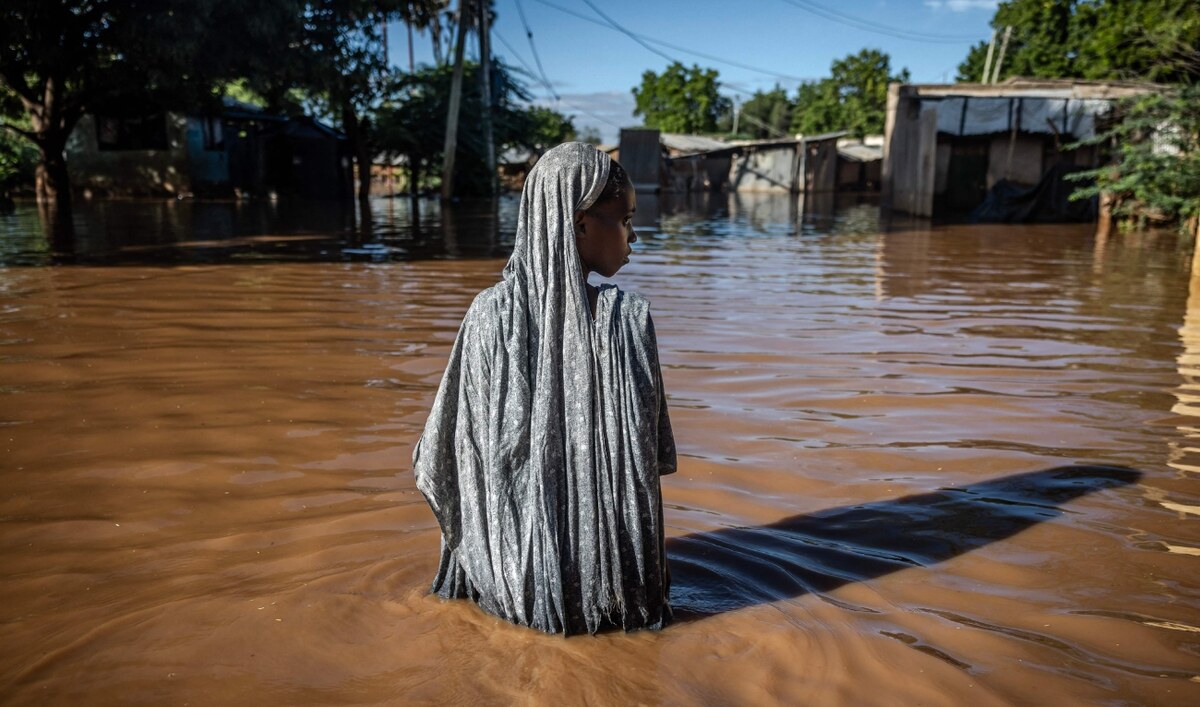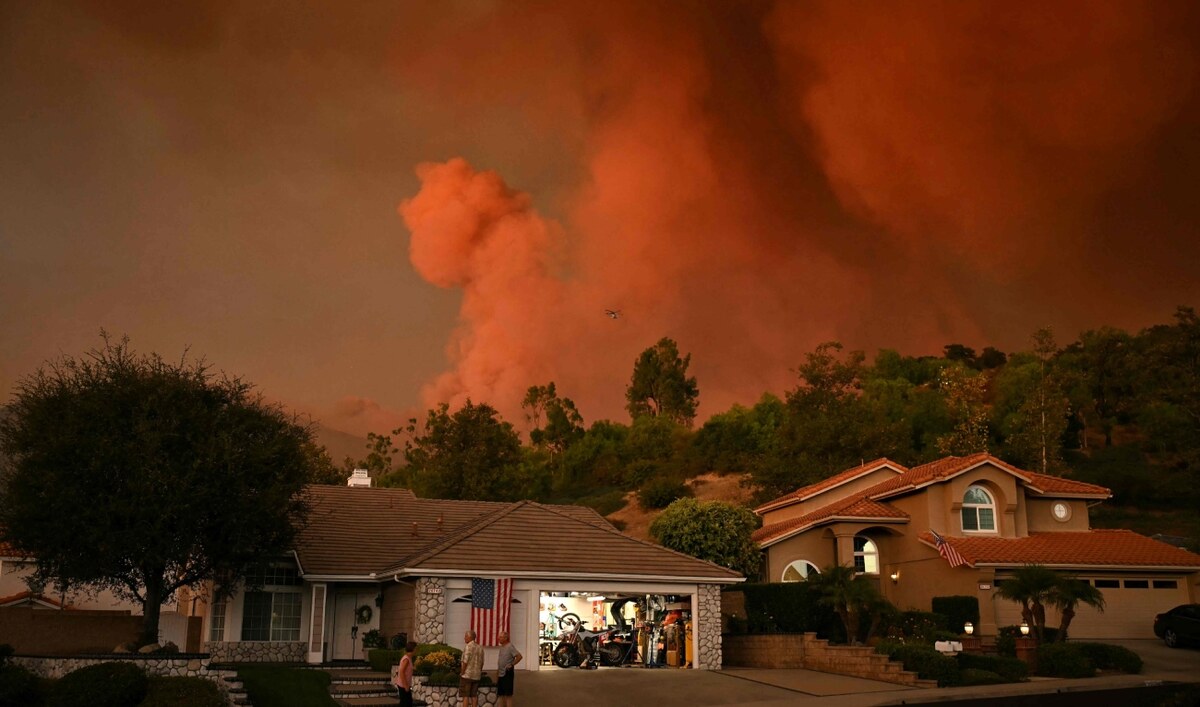LONDON: Two climate protesters who sprayed orange paint on the ancient Stonehenge monument in southern England were arrested Wednesday after two bystanders appeared to intervene and stop them.
The latest act by Just Stop Oil was quickly condemned by Prime Minister Rishi Sunak as a “disgraceful act of vandalism.” Labour leader Keir Starmer, his main opponent in the election next month, called the group “pathetic” and said the damage was “outrageous.”
The incident came just a day before thousands are expected to gather at the roughtly 4,500-year-old stone circle to celebrate the summer solstice — the longest day of the year in the Northern Hemisphere.
English Heritage, which manages the site, said it was “extremely upsetting” and said curators were investigating the damage. Just Stop Oil said the paint was made of cornstarch and would dissolve in the rain.
Video released by the group showed a man it identified as Rajan Naidu, 73, unleash a fog of orange from a fire extinguisher-style paint sprayer at one of the vertical stones.
As voices can be heard yelling “stop,” a person wearing a ballcap and raincoat ran up and grabbed Naidu’s arm and tried to pull him away from the monument. A man in a blue shirt joined in and wrestled the paint sprayer away.
The second protester, identified as Niamh Lynch, 21, managed to spray three stones before the first bystander in the hat stopped her.
Wiltshire Police said the pair were arrested on suspicion of damaging one of the world’s most famous prehistoric monuments and a UNESCO World Heritage Site.
Stonehenge was built on the flat lands of Salisbury Plain in stages starting 5,000 years ago, with the unique stone circle erected in the late Neolithic period about 2,500 B.C.
Just Stop Oil is one of many environmental groups around Europe that have received attention — and blowback — for disrupting sporting events, splashing paint and food on famous works of art and interrupting traffic to draw attention to global warming.
The group said it acted in response to the Labour Party’s recent election manifesto. Labour has said that if it wins the election on July 4, it would not issue further licenses for oil and gas exploration. Just Stop Oil backs the moratorium but said it is not enough.
In a statement, the group said Labour, which is leading in polls and widely expected by pundits and politicians to lead the next government, needs to go further and sign a treaty to phase out fossil fuels by 2030.
“Continuing to burn coal, oil and gas will result in the death of millions,” the group said in a statement.




























